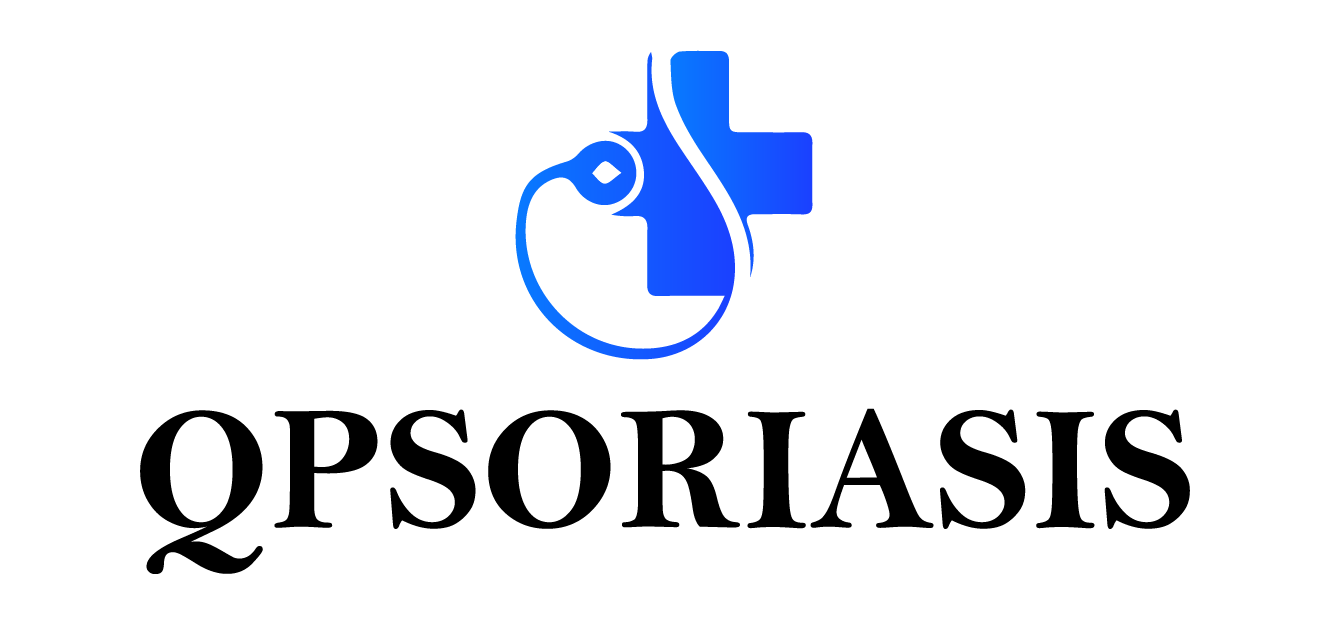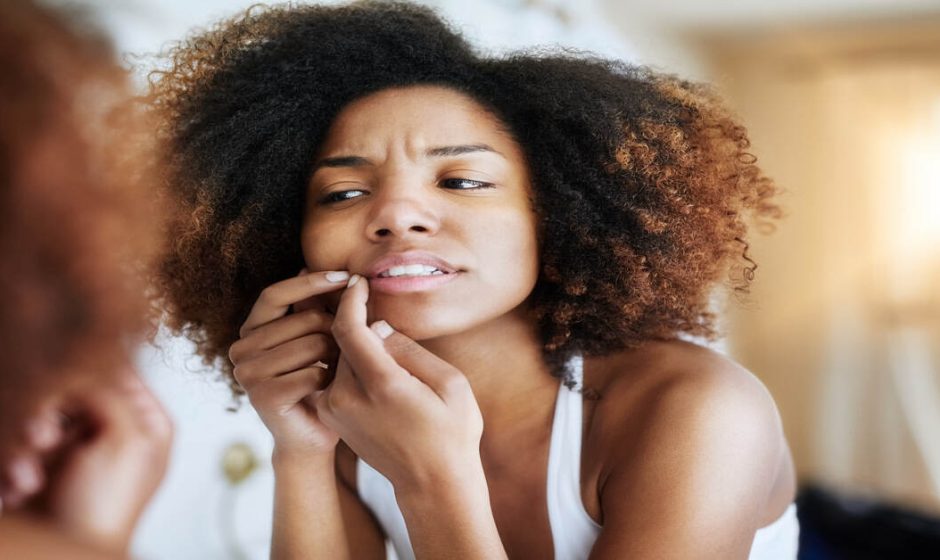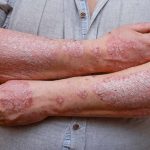Acne is considered as one of the most irritating and most frequent skin diseases as it is common in all ages, gender, and skin type. Although it is best known during adolescence, acne may also be experienced during adulthood or even in later life.
Primarily, acne is caused by the mix of biological and environmental factors: the blocked pores, surplus of oil, bacterial growth and inflammation. Nevertheless, the problem may be worsened by external factors like diet, stress, and the use of skincare. Knowing these triggers and their combination with our skin, we are able to do something to prevent acne and treat it.
This guide discusses the principal causes of acne, their types, importance of lifestyle factors, and optimal treatments of acne.
What Causes Acne?
The formation of acne is a result of the blockage of the hair follicles/pores by oil (sebum), dead skin cells, and bacteria. The consequence of this blockage may be different kinds of acne such as mild cases of blackheads to severe cases of cystic acne. The four major causes of acne are listed below:
1. Excess Sebum (Oil) Production
Sebum is a natural oil that is produced by your skin sebaceous glands. It is very crucial in maintaining your skin hydrated and safe. Nevertheless, the glands produce too much oil when they become overactive.
The excessive oil combines with the dead skin cells resulting in clogging of the pores, and this may break out. It is usually induced by hormonal changes at the time of puberty, menstruation, pregnancy, or some medical circumstances.
2. Clogged Pores
The body sheds the dead cells of the skin but at times it fails to do so. These cells when mixed with sebum have the potential of forming a sticky plug to plug the pores.
The acne lesions (blackheads, whiteheads, and inflammatory acne) are the result of blocked pores. Causes might encompass poor washing practices, excessive makeup and comedogenic (pore-blocking) skincare products.
3. Bacterial Growth
Propionibacterium acnes (previously reclassified as Cutibacterium acnes) are bacteria that are naturally found on the skin. Under normal circumstances, they aid in keeping a normal balance of skin flora. But when they get stuck in congested pores, they multiply at a very fast rate causing inflammation.
This overgrowth causes an immune reaction, which causes redness, swelling, appearance of painful pimples, papules, or cysts.
4. Hormonal Imbalances
Hormonal changes form one of the most prominent causes of acne especially in teenagers, women and even men with an increase or a decrease in the androgen level. Testosterone, an androgen, may cause excess stimulation of the sebaceous glands and produce more oil, which blocks the pores.
The lower face, jaw, and chin are the most common points of location of hormonal acne and may be particularly difficult to treat. Such treatments as hormonal therapy with birth control pills or anti-androgens such as spironolactone tend to be effective with this type of acne.
The Role of Lifestyle and External Factors
While the four main causes of acne are biological, external factors often worsen the condition or act as triggers:
- Diet: Foods with a high glycemic index (e.g., sugary snacks, white bread, and processed foods) can spike insulin levels, triggering inflammation and oil production. Dairy products have also been linked to acne in some individuals.
- Stress: Chronic stress elevates cortisol levels, which can increase oil production and worsen acne.
- Skincare habits: Using harsh cleansers, over-exfoliating, or applying heavy, pore-clogging products can disrupt your skin’s balance and lead to breakouts through gentle skincare routine.
- Pollution: Environmental pollutants can clog pores and irritate the skin, especially in urban areas.
- Medications: Some drugs, such as steroids, lithium, or certain birth control pills, can contribute to acne.
Types of Acne
Acne manifests in several forms, ranging from mild to severe:
Non-Inflammatory Acne
- Blackheads: Open comedones that appear dark due to oxidation when exposed to air.
- Whiteheads: Closed comedones where the clog remains trapped beneath the skin.
Inflammatory Acne
- Papules: Small, red bumps caused by inflammation.
- Pustules: Papules filled with pus, often appearing white or yellow at the tip.
- Nodules: Large, hard, and painful lumps beneath the skin caused by deep inflammation.
- Cysts: Severe, pus-filled lesions that can lead to scarring.
Non-inflammatory acne is typically easier to treat with over-the-counter products, while inflammatory acne often requires prescription medications or professional treatments.
Acne Scarring: Why It Happens and How to Treat It
Acne scarring occurs when severe inflammation damages the deeper layers of the skin. There are two main types of scars:
- Atrophic scars: These are depressions in the skin, including ice pick, boxcar, or rolling scars.
- Hypertrophic scars: Raised scars caused by an overproduction of collagen during the healing process.
Treatments for acne scars include chemical peels, microneedling, laser therapy, and filler injections. Preventing scars starts with early and effective acne treatment to minimize inflammation.
Effective Acne Treatments
Acne treatment varies depending on the severity of the condition and the type of acne you have. Below are some of the most effective options:
Over-the-Counter Treatments
- Benzoyl peroxide: Kills acne-causing bacteria and reduces inflammation.
- Salicylic acid: Exfoliates the skin and unclogs pores.
- Adapalene: A retinoid that promotes cell turnover and prevents clogged pores.
Prescription Medications
- Topical antibiotics: Reduce bacterial growth and inflammation.
- Oral antibiotics: Used for moderate to severe acne to target bacteria internally.
- Hormonal treatments: Birth control pills or spironolactone can help regulate hormonal fluctuations.
- Isotretinoin (Accutane): A powerful medication for severe, cystic acne that reduces oil production and inflammation.
Professional Treatments
- Chemical peels: Remove the top layer of skin to unclog pores and improve scarring.
- Phototherapy: Light-based treatments that reduce inflammation and target bacteria.
- Microneedling: Stimulates collagen production to improve acne scars.
FAQs
1. Can stress cause acne?
Stress may also be related to acne; this is because the stress levels in the body raise cortisol levels. High levels of cortisol increase the sebaceous glands resulting in excess oil and inflammation. The use of relaxation methods, exercising, and mindfulness can be used to manage stress and breakouts.
2. Is acne only a teenage problem?
No, acne is a problem that may occur at any age. Although the condition is most prevalent in puberty, acne in adults can be brought about by hormonal changes, stress, and changes in lifestyles. During menstruation, pregnancy, or menopause, women usually suffer acne due to hormonal contraceptives.
Final Thoughts
Acne is a complicated disorder that is affected by biological, hormonal and environmental factors. It may be frustrating but once you know the causes behind it and approach its treatment regularly will help you get your skin back.
Be it mild black heads or extreme cystic acne, there are ways to deal with it, whether through over-the-counter products or prescription drugs, or professional treatment. It is important to remember that early intervention does not only aid in the management of acne, it also aids in avoiding acne-related complications in the long-term such as scarring.In the case of chronic or serious acne, visit a dermatologist and develop an individual program. Clearly, a clear skin can be attained with patience and consistency.



